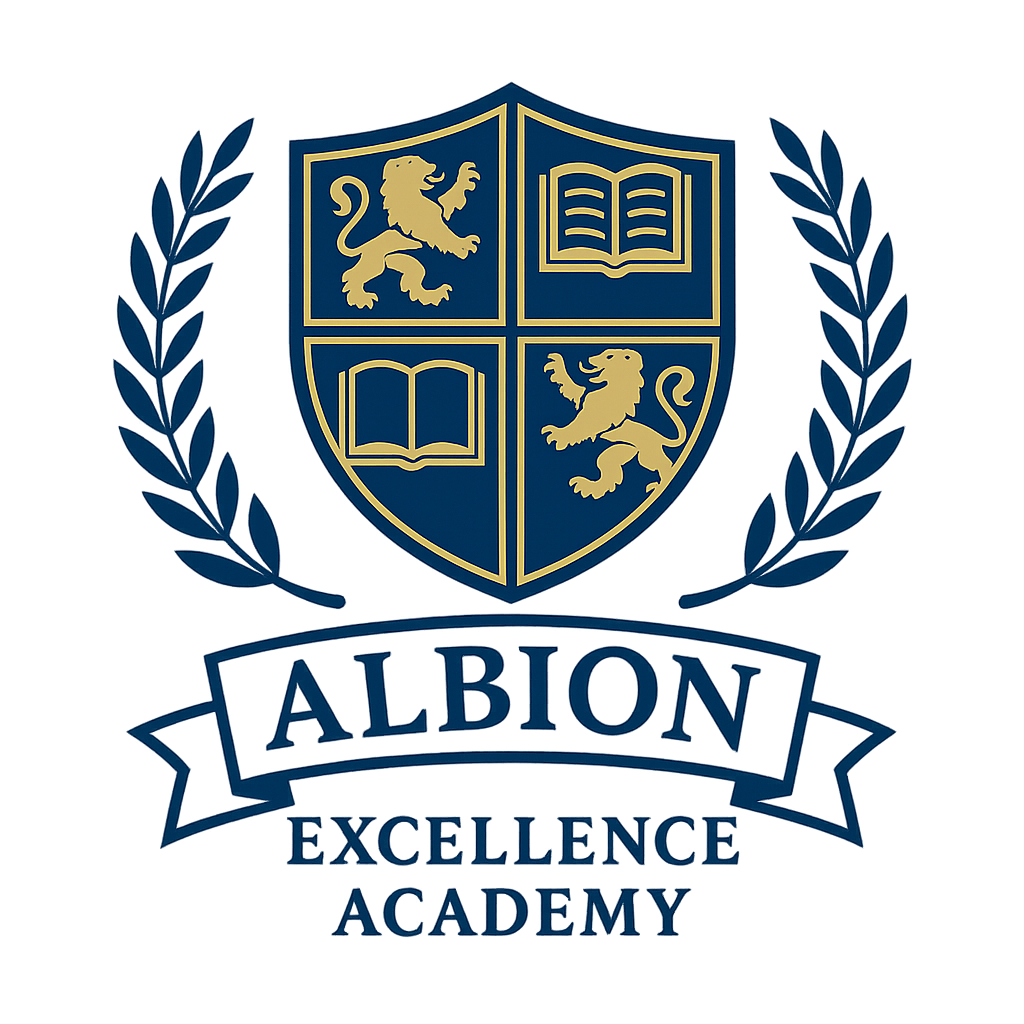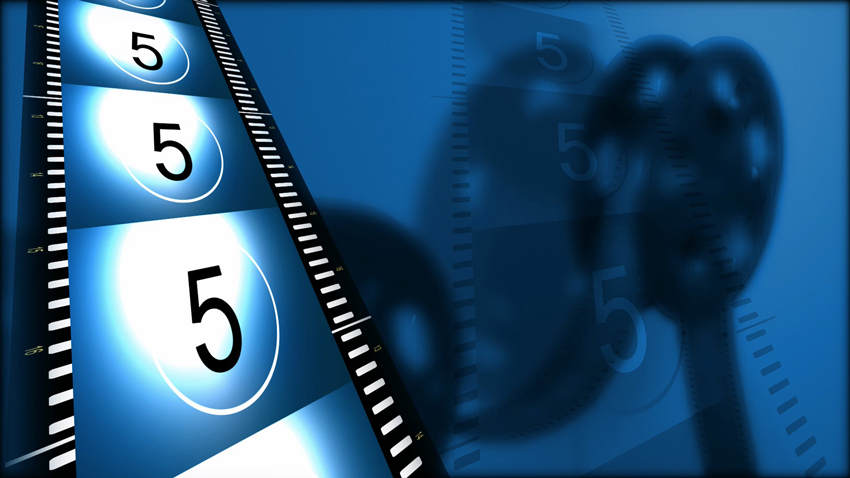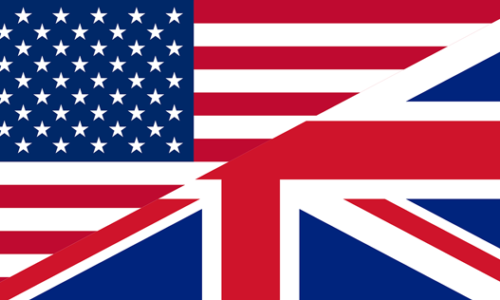COURSE DESCRIPTION
A detailed course on television cinematography, types of footage and the difference between movie and tv scenes, as well as, adjusting the lighting inside and outside the studio, and practice using different types of cameras, where the trainee is placed in a real environment of work to acquire the skills and experience needed to do television work filming and adjusting lighting.
Target group
- Graduates of media colleges and institutes wishing to qualify for the labor market.
- Those wishing to work in the field of photography and lighting.
- Wishing to develop television and film photography skills.
What will you learn:
- A glimpse of the history and evolution of photography to understand the basics of photography.
- The characteristics of the professional photographer.
- Introducing the equipment used such as cameras and its parts, lighting devices and accessories, methods of jaw and installation.
- Learn the skills of lighting control inside and outside the studio and the skills of the field photographer.
- Shooting modes (automatic and professional modes).
- Triangle Optical Compensation.
- The most important pictorial terminology to facilitate the work between the photographer and the lighting manager, team members, director, and actors.
- Explore the shooting location ahead of time and read the script with a photographer’s eyes.
- Chroma’s shoot and what it needs to create footage to integrate with the graphic.
- Choosing the right lenses and cameras for each type of footage and the psychological impact of each of the receiver (viewer).
- Common mistakes among photographers.
- Real working hours with graduation projects for each student.
Certificates
- A certificate certified by Aurora Sweden and registered with the Swedish government
- Aurora attendance certificate for the given course
Course Features
- Lecture 0
- Quiz 0
- Duration 40 hours
- Skill level All levels
- Language English / Arabic
- Students 0
- Assessments Yes






